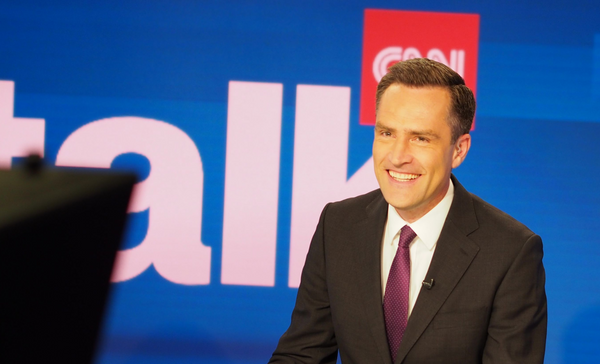With 210 million users in the US alone, representing 60% of the total Gen-Z population, TikTok has quickly emerged as a force to be reckoned with in the world of social media. Some have taken notice, made plays and did well.
The Washington Post vs. The New York Times, looking at their strategies on TikTok and identifying key lessons for media brands and journalists looking to thrive in this new digital era.

Old but not old-fashioned
Here’s a quick recap of the few that have leveraged TikTok successfully:
| Name | Country of origin | Year of creation | Subscribers on Tiktok | Average views per video |
|---|---|---|---|---|
| Le Monde | France | 1944 | 790K | Between 10K and 100K |
| Washington Post | US | 1877 | 1.6 million | Between 50K and 500K |
| New York Times | US | 1851 | 46.5K | Between 1K and 100K |
| Focus | Italy | 1992 | 420K | Between 50K and 500K |
| The Economist | UK | 1843 | 230K | Between 20K and 200K |
Let's compare the two giants The Washington Post and The New York Times, see what they do and how it comes into play.
What The Washington Post does right
Their social media team creates content exclusively for the platform, leveraging the power of three presenters who make recurring appearances for their news content. These familiar faces contribute to the channel's success, helping the brand stand out in the competitive content landscape.


Their social media team creates content exclusively for the platform, leveraging the power of three presenters who make recurring appearances for their news content. These familiar faces contribute to the channel's success, helping the brand stand out in the competitive content landscape.
@washingtonpost
Moreover, it has been diligent in producing daily content, creating two or three videos per day. This consistency is crucial, as TikTok's algorithm rewards active content creators, valuing quantity over quality (not ideal, but thats the real world). The faster videos are crafted, recorded, edited, and posted, the better, as long as they are exciting and dynamic enough to keep people engaged.
What the New York Times has to improve
@nytimes
In contrast, The New York Times has not yet managed to make as significant an impact on TikTok. They do not create enough exclusive content for TikTok, often repurposing footage from reporters intended for YouTube or their website and that might just be...
..."the noise before defeat" - Sun Tzu
Unfortunately, this approach has not resonated well with the TikTok audience. The New York Times has not embraced the importance of following trends, using popular sounds and hashtags, or producing entertaining content. With videos often featuring no verbal comments and slow-paced text, their content struggles to meet the dynamic demands of TikTok.
To improve their TikTok presence, The New York Times should consider allocating more resources to create platform-exclusive content and encourage their team to stay up-to-date with the latest trends. Focus on producing more engaging and entertaining content, utilizing popular sounds and hashtags to increase visibility and reach a wider audience. Again, when it comes to TikTok, jumping on the bandwagon might just lift you up.
So what?
In the end, a proactive presence on TikTok will not only help media brands and journalists secure the attention of Gen-Z but also pave the way for future success in an ever-changing digital world. Embracing change, adapting to new platforms, and understanding the unique demands of each platform are essential for traditional media outlets to stay relevant and thrive in the age of social media.








